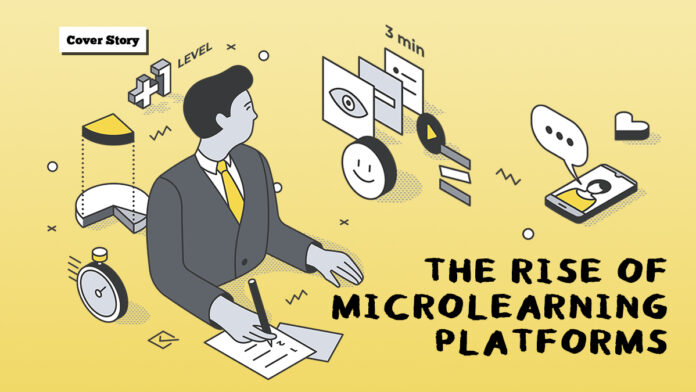Imagine learning something new while waiting in line for a milk tea or on a short break between classes. Instead of scrolling and watching random videos, you’re learning a math trick or reviewing a history lesson—in just five minutes. It’s microlearning. It’s a new way of learning in short, focused lessons on demand on your phone, tablet, or computer. For today’s busy students (and even busier teachers), it’s a breakthrough.
Gone are the days when learning only happened inside the classroom with thick textbooks and hour-long lectures. With microlearning, education becomes more flexible, more engaging, and honestly, more fun. In this article, we’ll explore how this rising trend is transforming the way Filipino students learn and how teachers can use it to make their classes even more effective. Whether you’re preparing for a test or looking for creative ways to teach, microlearning may be the hidden advantage you didn’t know you needed.
But what is microlearning, and how is it revolutionizing learning and teaching?
What is Microlearning?
Microlearning is a technique for presenting educational materials in short, bite-sized courses, typically ranging from only a few minutes in duration. Microlessons might come in the style of short video clips, quizzes, infographics, flashcards, or small articles. But what’s particularly potent about it is that it can be accessed via smartphone, tablet, or computer, at any time and any place.
Think of it like learning while scrolling through your phone, watching a 5-minute video on fractions while waiting for your ride, or taking a quick quiz on Filipino history during your break.
Why Students Love It
For many K–12 and college students, learning can sometimes feel overwhelming. Microlearning helps by making lessons more digestible. Here’s how it helps students:
- Short and Sweet: You get to the point—no lengthy lectures, only what you need to learn.
- Easy Access: Courses are accessible on mobile apps and websites, ideal for self-learning.
- Better Retention: As the lessons are concise, students are more likely to retain.
- Flexible Schedule: You can learn whenever you have a few spare minutes—before bedtime, during travel, or after lunch.
Popular microlearning sites in the Philippines, such as Quipper, Khan Academy PH, FrontLearners, and even YouTube EDU creators, are producing short lessons specifically designed for Filipino learners. Some sites even have gamified learning—where you get points, badges, or rewards for finishing lessons.
How Teachers Benefit Too
Teachers are not left behind. Microlearning benefits them in several ways:
- Digital Tools for Teaching: Most sites offer pre-made resources that simplify lesson planning.
- Time Saver: Rather than spending time crafting long lectures, instructors can provide short modules as add-ons or pre-class exercises.
- Progress Tracking: Instructors can track how students are doing on micro-quizzes and activities.
- Professional Growth: Microlearning tools are also available for teachers themselves—providing short training modules in teaching methods and classroom technology.

Real Impact on Learning
Research and feedback indicate that microlearning promotes lifelong learning—a state of mind in which individuals are more receptive to acquiring something new on a daily basis. Microlearning also assists learners struggling with conventional approaches by presenting customized and interactive means of learning.
For instance, a student having difficulty learning math in class can rewatch short videos until the concept becomes clear. A teacher seeking to be innovative with teaching a science concept can locate microlearning clips or digital activities to help lessons become more engaging.
Challenges to Consider
Microlearning is not without its flaws, of course. Limited access to gadgets and the internet could be a limitation for some students. It isn’t intended to substitute for whole lessons or in-depth discussion either. But combined with traditional approaches, it is an incredibly valuable tool for modern learning.
Microlearning is more than a fad—it’s a revolution in learning. Microlearning empowers teachers and learners alike by transforming learning into flexible, enjoyable, and efficient bites. Whether it’s refreshing on algebra or gaining classroom management expertise, microlearning provides an intelligent approach to expanding your knowledge with a series of bite-sized lessons.
So the next time you take out your phone, watch a brief lesson—your next class might just be a bit easier.
Words by Phia Manuelle Layoso
Also published in GADGETS MAGAZINE Volume 25 Issue No. 10
